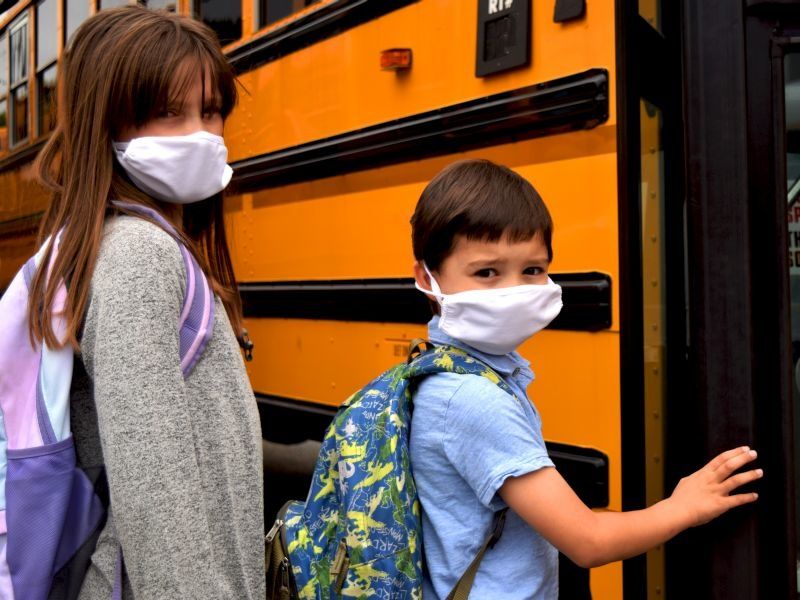THURSDAY, Jan. 21, 2021 (HealthDay News) — While children are less susceptible to illness with the new coronavirus, they are nearly 60% more likely than adults over 60 to infect other family members when they are sick, a new study shows.
The findings show the need to conduct COVID-19 vaccine safety and efficacy studies in children, according to co-senior study author Yang Yang, an associate professor of biostatistics and member of the Emerging Pathogens Institute at the University of Florida.
“We also need to take into account the potential high infectivity of children when we plan school reopenings and what prevention measures we need to take during active school sessions,” Yang said in a university news release.
The researchers analyzed data from more than 27,000 households in Wuhan, China, that had confirmed cases of COVID-19 between Dec. 2, 2019 and April 18, 2020, a peak period of COVID-19 disease transmission in the city that was the first epicenter of the pandemic.
Previous research found that children shed SARS-CoV-2, the virus that causes COVID-19, at similar rates as adults. The higher infectivity of children in this study may be due to close contact with parents and other relatives caring for them, according to the authors of the study.
They noted that the overall contribution of child cases to household transmission of COVID-19 was still limited because infected children were isolated faster than infected adults.
The study also found that infants younger than 1 were significantly more likely to be infected with COVID-19 than children between the ages of 2 and 5. This may be due to a combination of their still-developing immune systems and their close contact with adults.
“It’s unlikely there will be a vaccine for infants against COVID-19 in the near future, so we need to protect their caregivers,” said study co-author Ira Longini, a professor of biostatistics at the University of Florida. “We may want to prioritize caregivers for COVID-19 vaccination to protect infants indirectly because we don’t really know the long-term consequences of infection, especially in infants.”
Among the other findings in the study:
- People who were asymptomatic during throughout their infection were 80% less infectious than people with symptoms, and presymptomatic people were about 40% more infectious than symptomatic ones.
- The secondary attack rate — the likelihood that a person with COVID-19 will infect another member of their household — was 15.6%, a rate similar to other respiratory pathogens.
- Older adults were more likely to become infected than younger household members, especially those under age 20.
- While children were less susceptible to COVID-19 infection than adults and they generally had less severe symptoms, they were just as likely to develop symptoms as adults.
“I recommend following CDC guidelines and taking extra caution when a household or family member is infected,” Yang said. “This includes wearing masks if someone in the family has symptoms, especially when you need to be in close contact, good hand hygiene, surface cleaning and COVID-19 testing of asymptomatic members of the household, if possible.”
The findings were published Jan. 18 in the journal Lancet Infectious Diseases.
More information
The U.S. Centers for Disease Control and Prevention has more on COVID-19.
SOURCE: University of Florida, news release, Jan. 19, 2021
Copyright © 2024 HealthDay. All rights reserved.

